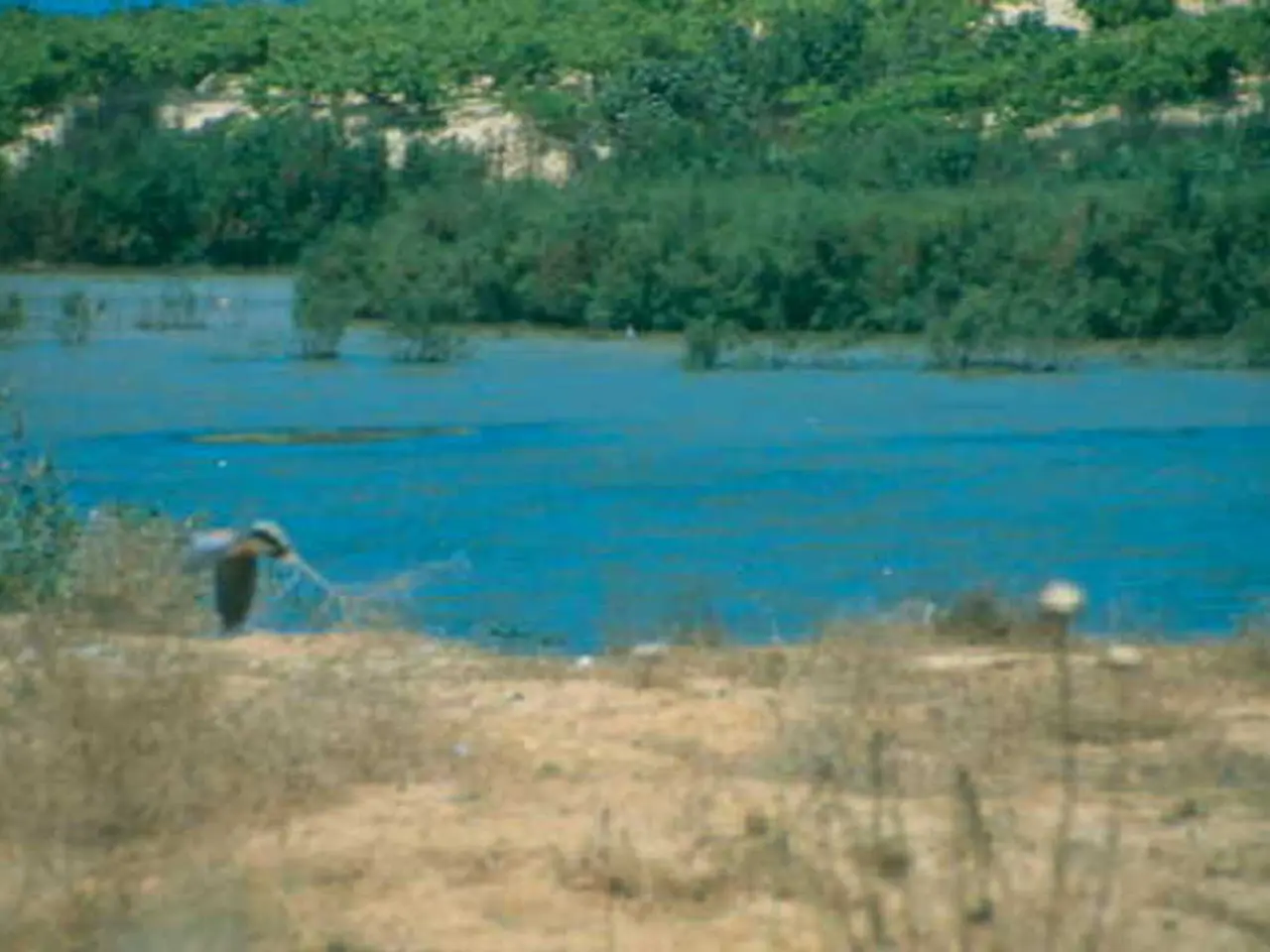Sustainable Farming in High Altitude Regions: Producing Food in Mountainous Permaculture
In the face of climate change and the challenges it poses for traditional farming in mountain regions, a solution is emerging: permaculture. This design system, developed by Bill Mollison and David Holmgren in the 1970s, offers a sustainable approach to creating human environments that mimic natural ecosystems.
Climbing vines and plants, cascading like nature's own artwork, are perfect for vertical gardens in mountains. These gardens, coupled with agricultural technology like precision farming and climate modeling, are being used to improve resource use and crop yields in high-altitude areas.
One such example is the UMass Permaculture Initiative, which started in 2010 and now boasts five gardens. The initiative won a significant award in 2012. Teaching people about permaculture not only makes them more knowledgeable but also more invested in the sustainability of mountain regions.
The UN's 2030 Agenda for Sustainable Development supports this goal, aiming to end hunger and poverty in mountain communities, making them prosperous and self-sufficient. The agenda also focuses on building resilient communities at altitude, a goal that is being achieved through projects like the Fambidzanai Permaculture Centre in Zimbabwe.
The centre provides formal training in agroecology to 15 to 30 people each month. Similarly, the Franklin Permaculture Garden at UMass was the first on campus and works with volunteers and a course, showcasing the importance of community and partnerships for sustainable farming at high altitudes.
In the American Southwest, where colonialism and climate change have caused desertification and lost native plants, traditional Indigenous farming methods like the milpa system can work synergistically with permaculture principles to restore degraded mountain areas. The milpa method, which interplants corn, beans, and squash, can naturally enrich and maintain soil fertility over time.
Permaculture offers a complementary framework that emphasizes resource cycling, soil health, and reduction of external inputs. Techniques such as intercropping, mulching, composting, and creating microclimates are used to mimic natural ecosystems and promote sustainable agriculture.
Moreover, integrating Indigenous stewardship knowledge with innovative permaculture design may foster holistic restoration strategies that rebuild ecosystem services and cultural vitality in mountain regions. Projects with indigenous communities in contexts like Bolivia illustrate successful implementation of permaculture principles with native agricultural practices to improve food security and living conditions.
Mountain permaculture projects can greatly impact local agriculture and empower residents to play a big role in creating a more secure and self-sufficient future. Creating microclimates, managing soil erosion through terracing, and using smart irrigation systems to save water are just a few examples of how these projects are making a difference.
Farming is crucial in mountain communities for food, culture, and economy. Building resilient food systems is key to long-term food security. Agriculture is not just a means of subsistence but also a means of preserving cultural heritage and fostering community resilience.
The U.S. organic market grew to nearly $29 billion in 2010, showing a growing demand for food grown the right way. This trend, coupled with the potential of vertical farming to increase food production yields 70-80 times higher than traditional farmland, offers a promising future for sustainable high-altitude farming.
In conclusion, the combination of traditional Indigenous farming methods with permaculture's ecosystem-based, cyclical approach can create sustainable food systems that restore degraded mountain environments and secure local communities’ nutrition and cultural connections to the land. Permaculture, which works with nature, is a key solution to restoring these mountain areas and helping keep food available and communities strong.
- By cultivating native plants in permaculture gardens, we can contribute to biodiversity and help regrow degraded mountain areas.
- The gently sloping swales in permaculture designs help manage rainwater runoff, fostering sustainability in resource use.
- Gardening with companion planting techniques is a method used in permaculture to promote biodiversity and pest control for individual plants.
- Microclimates, created through the careful placement of plants and earthworks in permaculture designs, mimic natural ecosystems and offer unique zones for various plant species.
- Sustainability is at the core of permaculture, aiming to create human environments that harmonize with nature, promoting health-and-wellness and fitness-and-exercise.
- Climate-change poses severe challenges for traditional farming, but with permaculture's focus on rainwater harvesting and smart water management, we can adapt.
- The UMass Permaculture Initiative not only promotes environmental-science, food-and-drink, and home-and-garden education but also encourages community engagement and self-development.
- Incorporating community efforts and education is essential for the success of permaculture initiatives, as demonstrated by the Franklin Permaculture Garden at UMass.
- People learn about permaculture's holistic approach to agriculture and its potential for creating self-sufficient and nutritious food systems, helping to combat hunger and poverty in mountain regions.
- By understanding and implementing Indigenous farming methods combined with permaculture principles, we can transform our lifestyles to be more sustainable, environmentally-friendly, and culturally-enriching.
- The unification of science-backed practices and traditional wisdom can lead to creative solutions for restoring ecosystems and improving mental-health outcomes in mountain communities.
- By embracing permaculture and its emphasis on regenerative agriculture, local education, and community resilience, we can create a healthier planet where mountain communities flourish and degraded lands rejuvenate.




